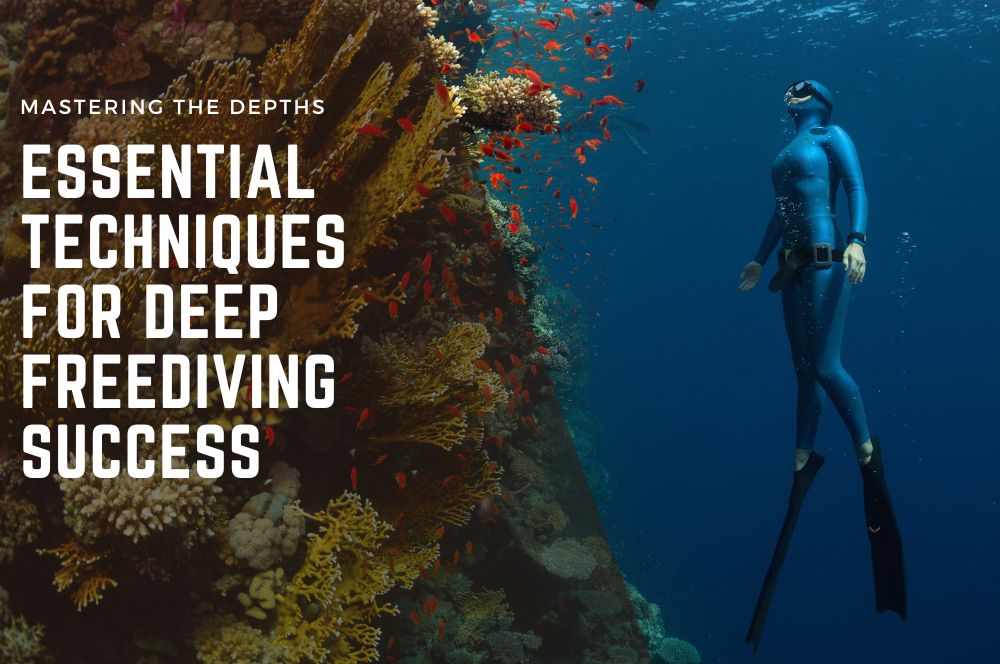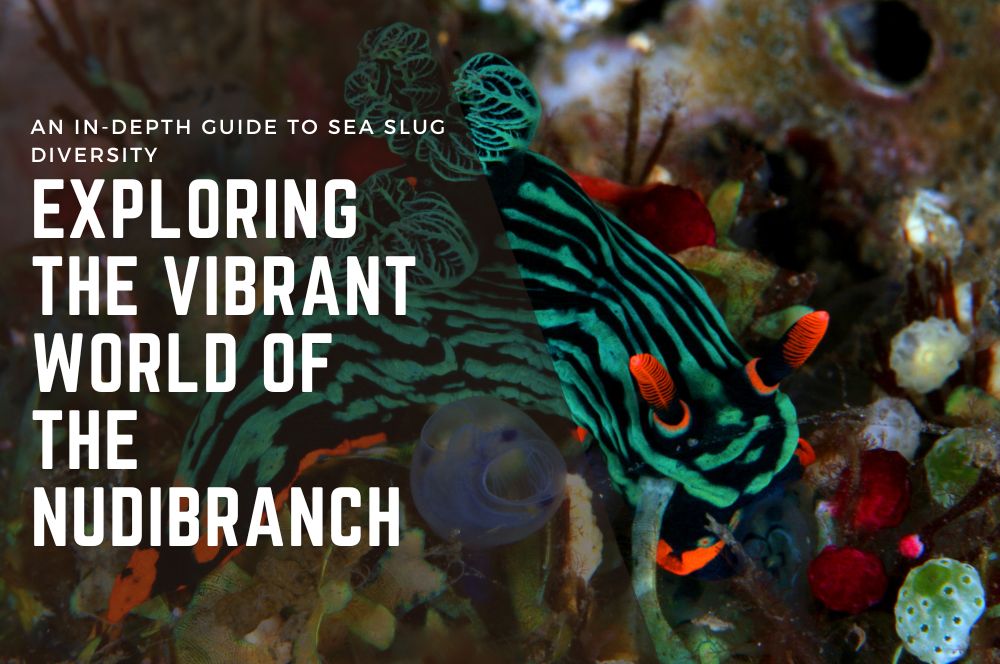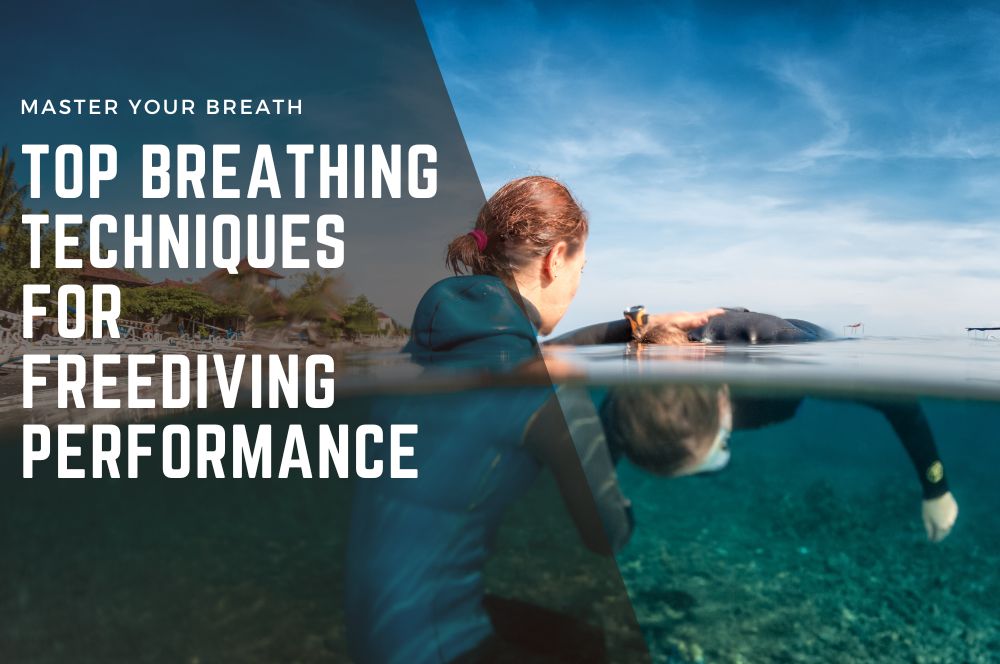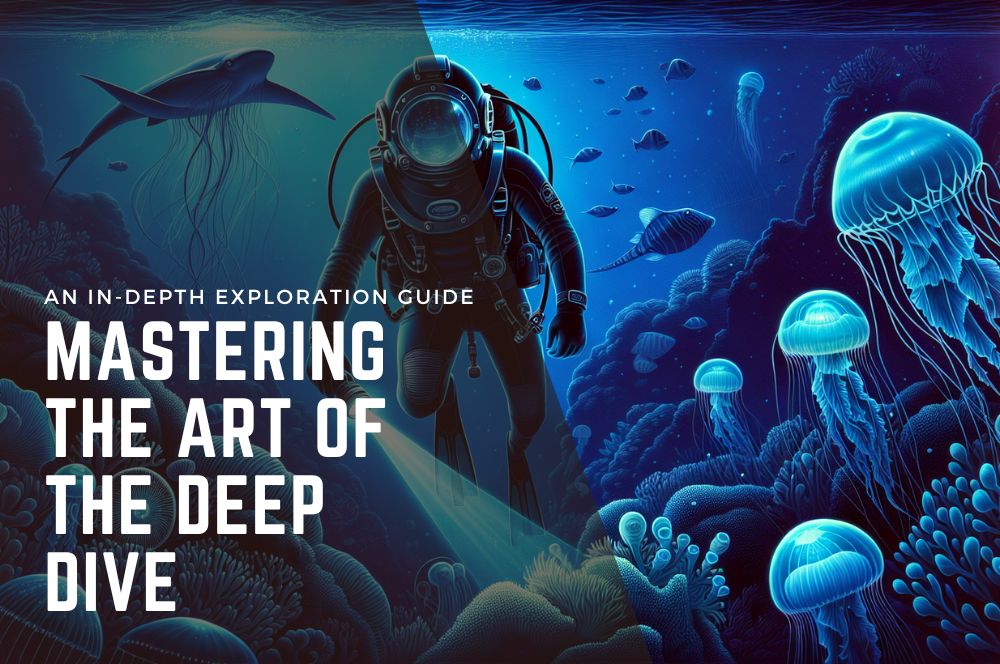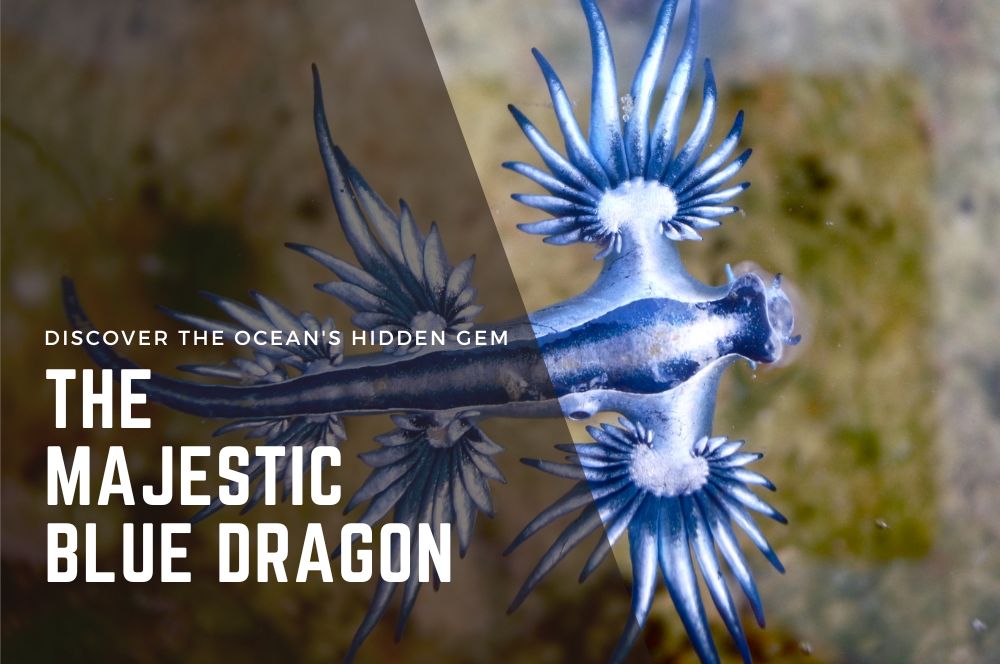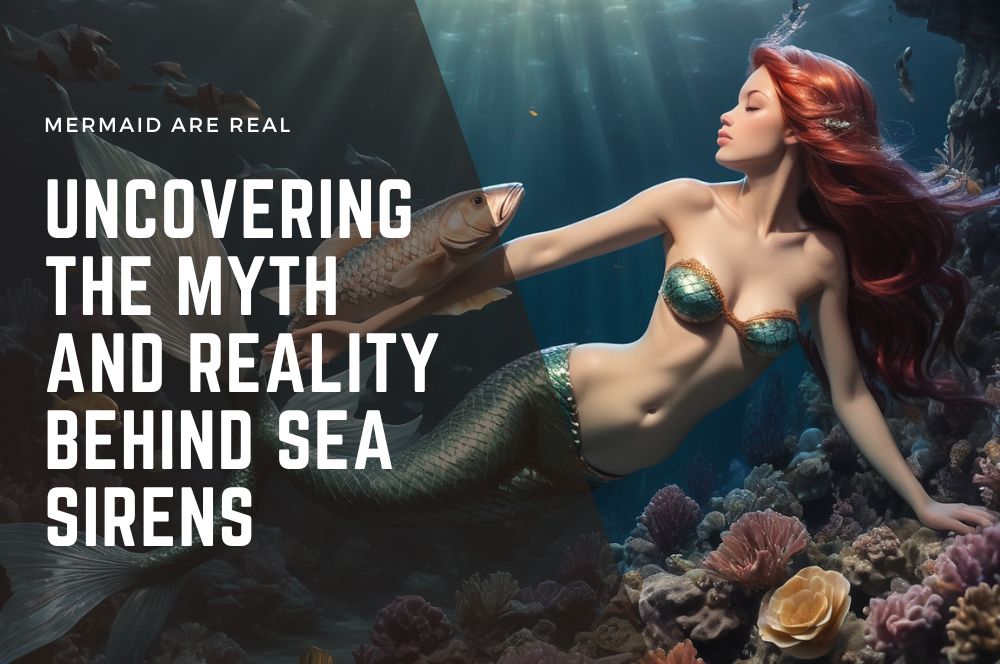You have 0 product(s) in your cart.
Abyss Scuba Diving
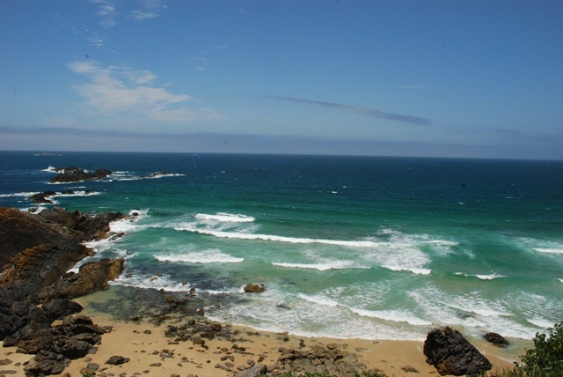
An easy 3 hours drive north of Sydney lies the coastal town of Forster, and just a little south of Forster is Seal Rocks. These areas are two of the iconic dive locations on the NSW coast.
Dive sites at Forster include “The Pinnacle” which on its day has been rated in the top ten dive sites in the world. This is a deep dive, with the shallowest part of this offshore seamount 25 metres below the surface, the area around this drops away initially to 45 metres then even deeper. When we dive here we limit our maximum depth to 33 metres.
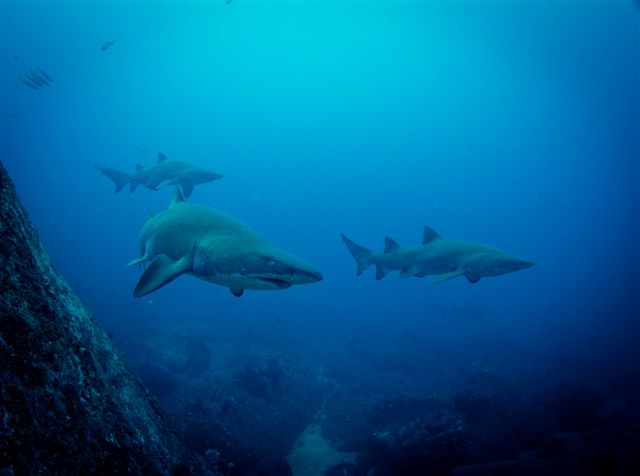
Great Vis & Grey Nurse are just one of the highlights of The Pinnacle
“The Pinnacle” lies around 2.5 miles offshore and is now a marine sanctuary. It is home to resident, endangered black cod, scores of big red snapper and a number of huge stingrays. Add to this 40 to 50 big Grey Nurse Sharks prowling the peaks, swirling schools of huge Yellowtail Kingfish, Mulloway, Teraglin, Trevally and Bonito; this is a big fish site, adrenalin charged diving at its best.
Inshore at Forster, in the shadow of Cape Hawke, lie two more great dive sites; “Spot A” and Latitude Rock, which are actually part of the same reef, are quite different to each other. “Spot A” is a wall dive, 10 metres deep on top, dropping straight down to 20 metres on the boulder strewn sand. In season Grey Nurse Sharks patrol along the wall and in the kelp beds on the south eastern end. At times these Grey Nurses are entirely surrounded and obscured by literally millions of bait fish. Wobbiegongs litter the bottom, ever friendly blue grouper follow divers around as they check out the moray eels that seem to be in every nook and cranny. Turtles, sponge gardens, nudibranchs, “Spot A” has it all. Latitude Rock is shallower, kelp gutters with Grey Nurse Sharks patrolling up and down, Hide in the kelp and the Grey Nurses will swim by as close as one metre away, more wobbiegongs, black cod, turtles, Port Jackson Sharks and so much more.
Seal Rocks boasts over 15 different dive sites, plus two deep historic shipwrecks. The islands at Seal Rocks, the “Little Rock” and “Big Rock” are both marine sanctuaries.
The “Big Rock” at the peak of the shark season can have over 200 Grey Nurse Sharks in residence. This shark aggregation has been described as “more sharks than water”. The Big Rock now that is a marine sanctuary is returning to what it was in years past. The most significant, easily observed change is the return of the Australian fur seals in numbers to this island. In spring 2011 we observed over twenty seals hauled out on the rock, plus there were more in the water wanting to interact with the divers.
The “Little Rock” is a totally different site, huge boulders litter the bottom on the nor’west corner, caves are formed under these boulders and here much of the excitement of discovery lies. A giant black cod around 1;5 metres long and looking like a volkswagen with fins can be found here, named Bi-centennial he is shy and hard to find at times, his harem of smaller females are more in evidence, often swimming out in the open. Grey Nurse sharks are resident here also. This is another big fish site, kingfish and mulloway in particular are often sighted in numbers here.
There is also a fabulous underwater cave system at Seal Rocks; Jimmy’s Cave at a depth of 33 metres is for advanced divers, and is the favourite of many visiting and local divers. This is a guided tour type of dive. You can expect to see big black cod here, plus Grey Nurse Sharks, Mulloway and a magnificent 2 metre high black coral tree.
Recent Posts
